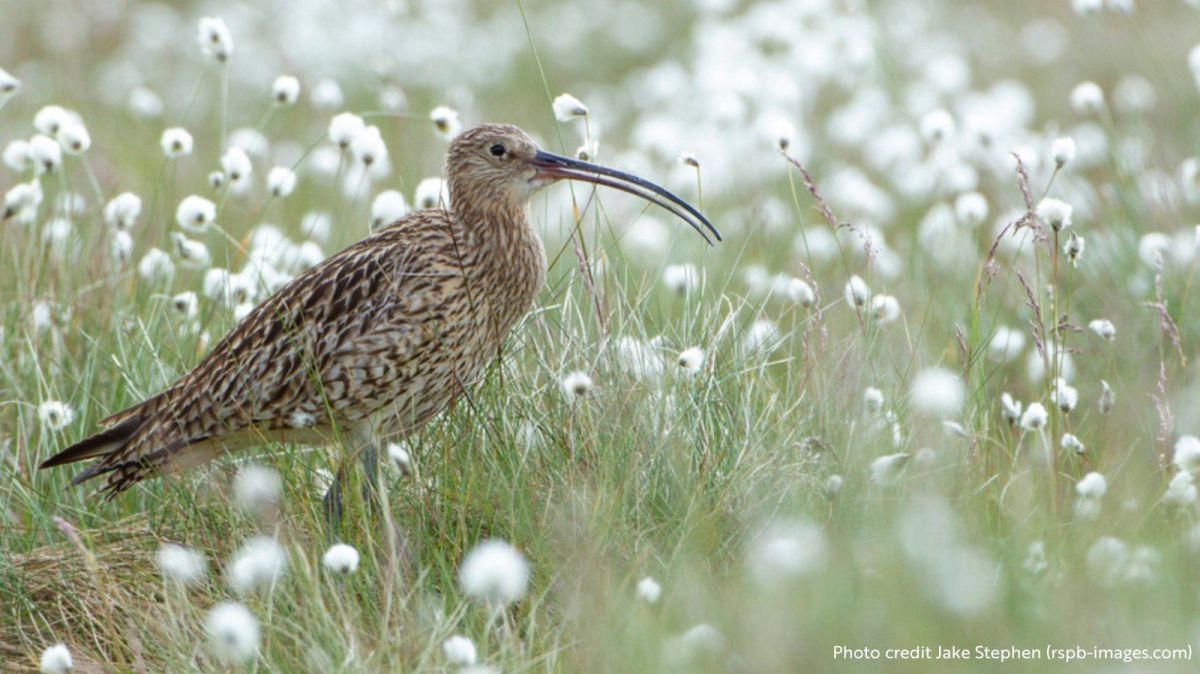Authorities are now conducting extensive monitoring to determine whether the insect was a lone arrival or part of a wider population. Known for their yellow legs and distinctive orange markings, Asian hornets are considered a major threat to honeybees and other pollinators, though they do not pose a significant risk to public health.
The species, native to Asia and invasive in Europe, measures around 2cm in length. It is most active between April and November, with sightings peaking in late summer. Experts warn that, if left unchecked, the hornets are considered a major threat to honeybees and other pollinators, though they do not pose a significant risk to public health.
The National Biodiversity Data Centre has urged members of the public to report suspected sightings through its Alien Watch portal, stressing that people should not attempt to capture or disturb the insects. While generally not aggressive, Asian hornets may sting if provoked.
The Cork sighting, reported by a member of the public, was confirmed by the National Museum of Ireland and the National Parks and Wildlife Service (NPWS). A rapid response protocol was immediately activated, leading to the insect being trapped on 12 August.
A new taskforce, the Asian Hornet Management Group (AHMG), has now been established. Chaired by the NPWS, it brings together the Department of Agriculture, the National Biodiversity Data Centre, and the National Museum to coordinate monitoring and response measures.
Minister of State for Nature, Heritage and Biodiversity, Christopher O´Sullivan, stressed the urgency of vigilance: “Asian hornets are a threat to our native pollinators and biodiversity. Early detection is key if we are to prevent the establishment of this invasive species.”
This is only the second confirmed Asian hornet in Ireland, following an isolated case in Dublin 2021.















